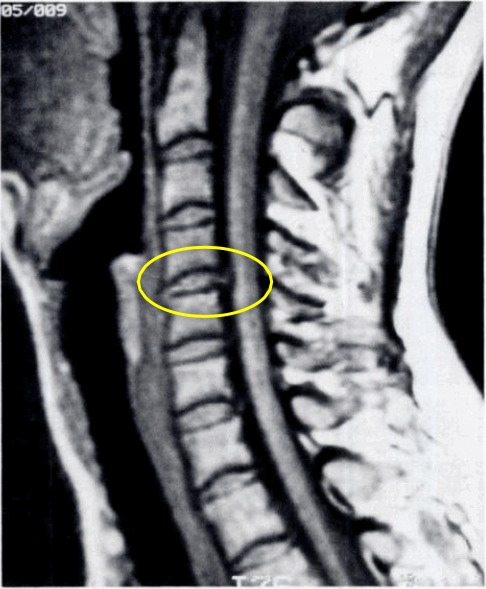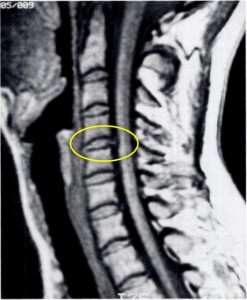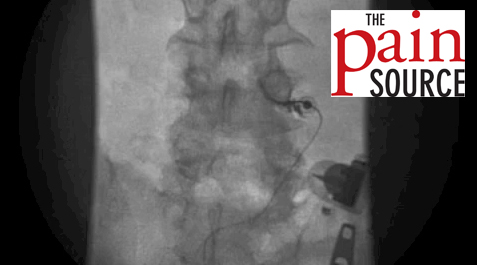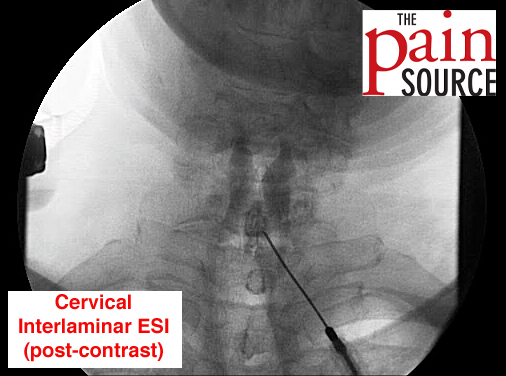
By Chris Faubel, MD —

The Journal of Bone and Joint Surgery. 1990;72:1178-1184
Abnormal magnetic-resonance scans of the cervical spine in asymptomatic subjects. A prospective investigation
SD Boden, PR McCowin, DO Davis, TS Dina, AS Mark and S Wiesel
Department of Orthopaedic Surgery, George Washington University Medical Center, Washington, D.C. 20037
Get the abstract here
Summary of Study
- Purpose: to document the prevalence of cervical spine MRI pathology in asymptomatic individuals (false positives)
- Prospective study
- Sixty-three (63) asymptomatic volunteers (20-73 years old)
- Subjects had to have no history of cervical pain or trauma, pain in the shoulder, or radicular symptoms referable to the cervical nerve-roots.
- Methods
- A 1.5 tesla GE MRI was used.
- The 63 scans from the asymptomatic group were mixed with 37 MRI scans from patients with known pathology and corresponding pain.
- These 100 scans were then read by three independent (“blinded”) neuroradiologists.
- Evaluated for the presence and severity of spurs, narrowing of the disc space, degeneration of the disc, herniated nucleus pulposus, bulging of the disc, foraminal stenosis, and impingement or compression of the cord.
- Each abnormal finding being rated as mild, moderate-no (not important), moderate-yes (important), or severe.
- Only the “moderate-yes” and “severe” grades were included in the results shown below.
- Results (obviously of the asymptomatic groups of volunteers)
- 19% of all subjects had a major abnormality
- Prevalence was equal between men and women
- <40 years old (40 subjects)
- Major abnormality in 14%
- Herniated disc = 10% (of subjects)
- Foraminal stenosis = 4%
- No “major” bulging discs were seen
- Narrowed disc space / degenerated discs = 25%
- Cord abnormalities = 9%
- Major abnormality in 14%
- >40 years old (23 subjects)
- Major abnormality in 28%
- Herniated disc = 5%
- Foraminal stenosis = 20%
- Only 1 subject “major” bulging disc was seen
- Narrowed disc space / degenerated discs = 57%
- Cord abnormalities = 1%
- Major abnormality in 28%
- Conclusions
- The prevalence of cervical spine pathology in asymptomatic (painfree) individuals of a wide-range of ages, points out the danger in ordering surgery or invasive procedures, or even giving the patient an ominous-sounding diagnosis, without first correlating these MRI findings with clinical signs and symptoms.
Keep in mind
- Even though the prevalence of major cervical spine pathology was low compared to the lumbar spine, this study didn’t include a great number of “minor” finding that the neuroradiologists decided weren’t likely clinically relevant; though these “mild” findings will show up on MRI reports and confuse many physicians, and certainly patients.















